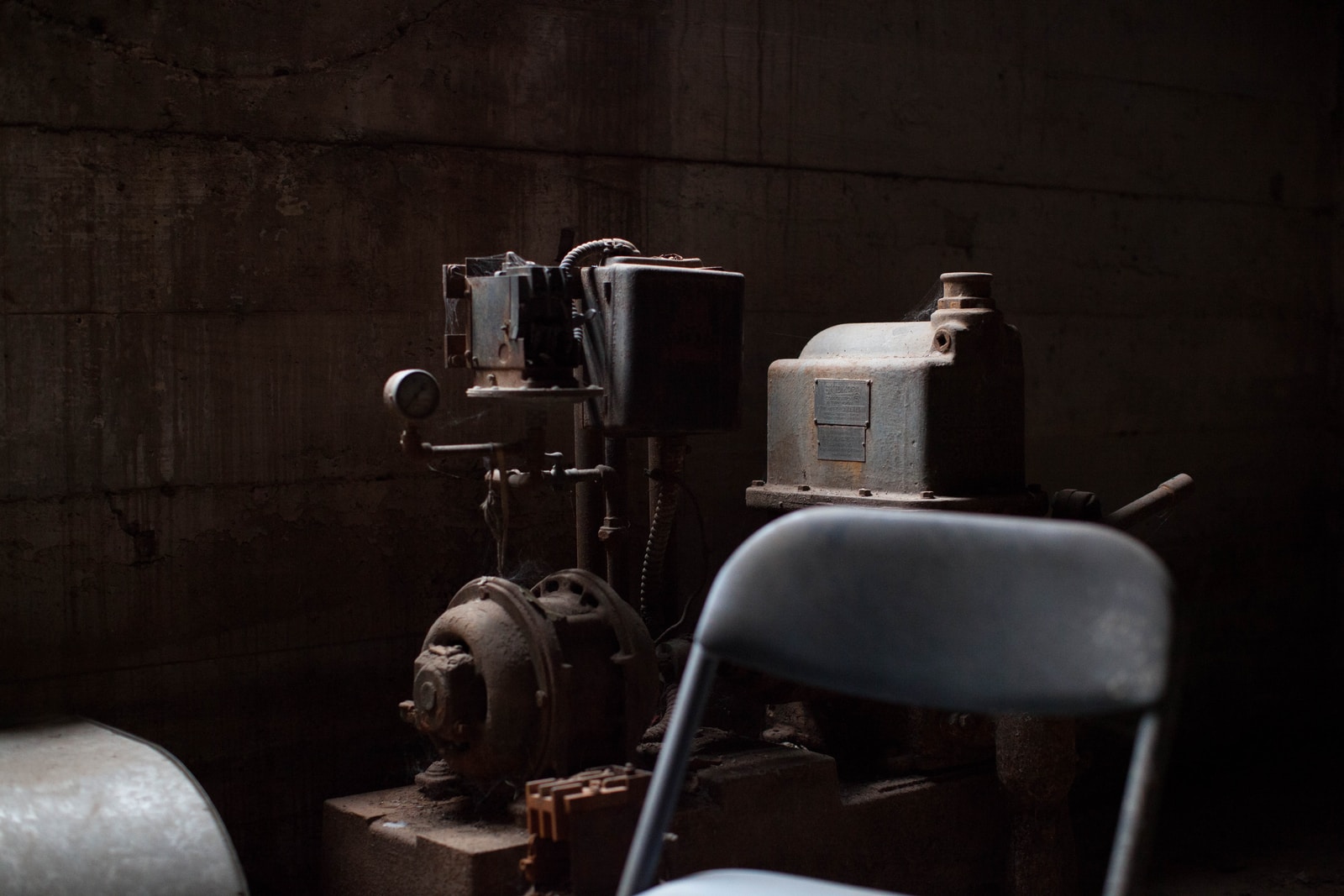A Tintype is a one-of-a-kind art piece obtained following the traditional XIX-century wet-collodion process.
Introduced in 1851, by Frederick Scott Archer, the Wet Collodion Process quickly became the predominant process for all of the major printing processes of the XIX century, including the Daguerreotype. Its most common use was for portraiture photography.
Tintypes first appeared in the United States in 1856, and were more durable than Ambrotypes and Daguerreotypes. They were called the “Polaroids of the XIX century” and remained popular well into the twentieth century.


Arctype® creates Tintypes from your digital images.
Your digital image is converted into an analog negative that is then exposed into an enlarger following the traditional Wet-Collodion process. We use the same chemicals and varnishes as used in the XIX century. The collodion emulsion that is used during the process is not sensitive to the same spectrum of light than that of the human eye. The final result is a traditional art piece that lasts generations.
Arctype ® values your original work and memorabilia, so we invite you to be a part of the production process. Once you have completed your order, you will be able to follow the creation process in your client area from the comfort of your home.

Arctype ® values your original work and memorabilia, so we invite you to be a part of the production process. Once you have completed your order, you will be able to follow the creation process in your client area from the comfort of your home.
The Tintype is the product of a technique called the wet plate collodion, one of the earliest photographic processes and often considered to be the Polaroid of the 19th century. It was invented in 1851 by Frederick Scott Archer, predating photographic paper and it used Nitrate Silver and Collodion, a chemical solution made dissolving nitrated cotton in a mixture of alcohol and ether, as main ingredients.
All types of images will translate perfectly into an Arctype. You will be able to send a max of 5 images so that we can help you choose the best one. The minimum resolution should be 1680 pixels, 5″ on the long side at 240 dpi.
If your images don’t have the minimum resolution you will not be able to upload them.
No but they should look better! Tintypes do not interpret colors the same way a black and white image would, as the process is least sensitive to light in the blue/UV spectrum.
Blues tend to appear almost white while reds appear very dark. Sometimes clothing and skin tones may appear different than expected due to the pigments that make up the colors. In general, freckles and wrinkles will look more pronounced and patterns and textures will have more contrast, while tattoos will disappear.
We can create 2 Tintypes of the same image that will look very similar but will vary slightly. We also offer high resolution scans which can be made into prints. For more information you can contact us at info@arctype.studio
Yes, of course. For special requests please contact us directly at info@arctype.studio and we will be in touch with you.
Unfortunately, we do not currently offer that option at the moment. We want to ensure the best presentation for your Tintype and that is properly preserved using the best frame along with UV protection. This will insure that your Tintype will last generations.
Absolutely. You will be able to see a screenshot of the process at every stage including the final framed product in your client area.
As many as you wish. Production and shipping times may vary slightly depending on the order volume.
We do not send receipts or any payment or billing information with your order. Your order confirmation email is your receipt, but feel free to reach out to info@arctype.studio if you need something extra or have any other questions.
In your client area you will be able to follow all the creation process of your Arctype ® products.